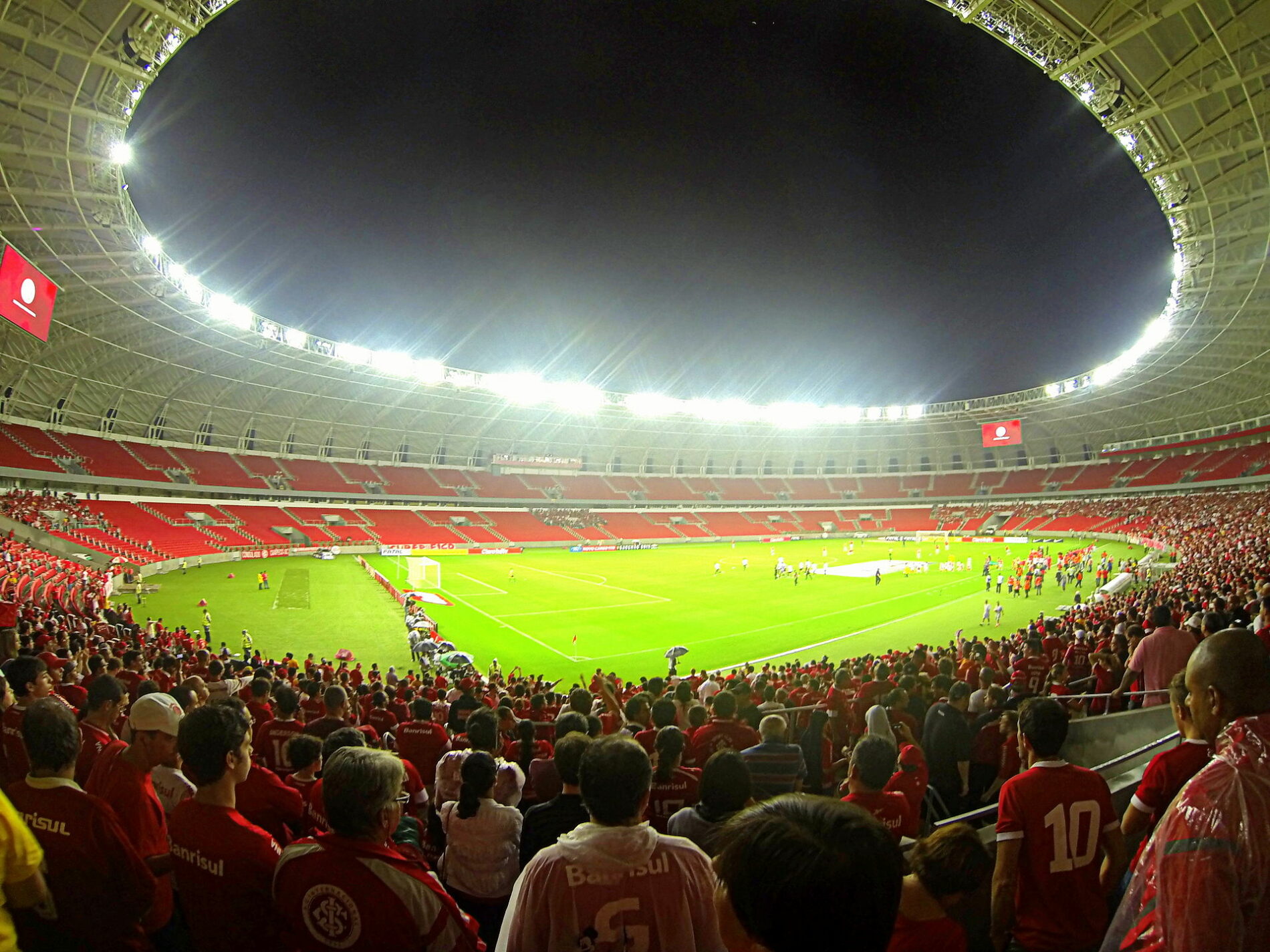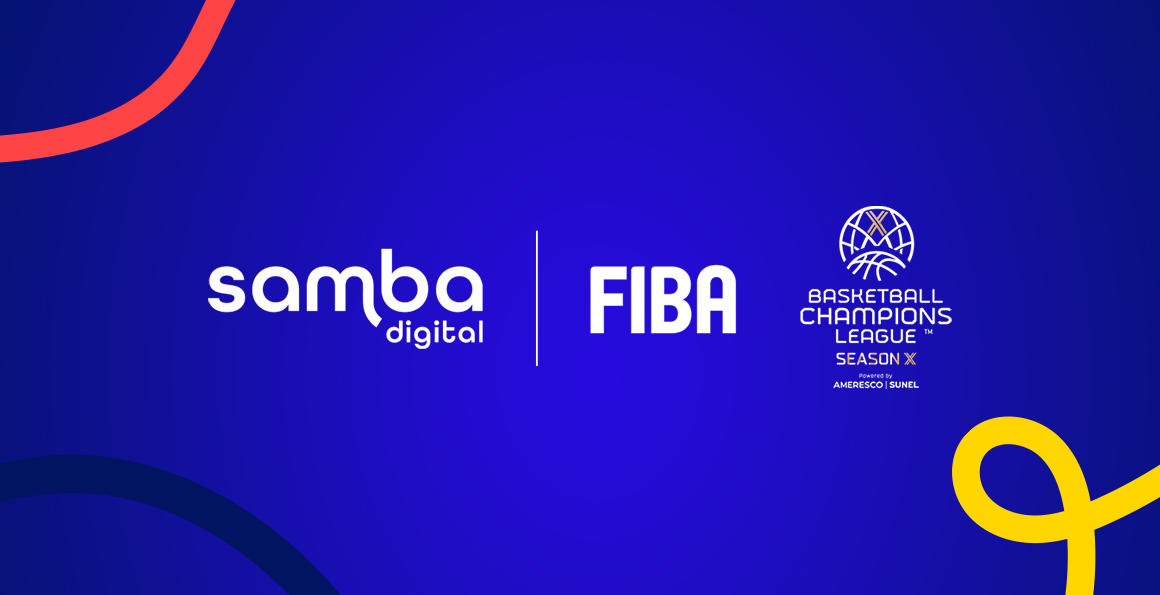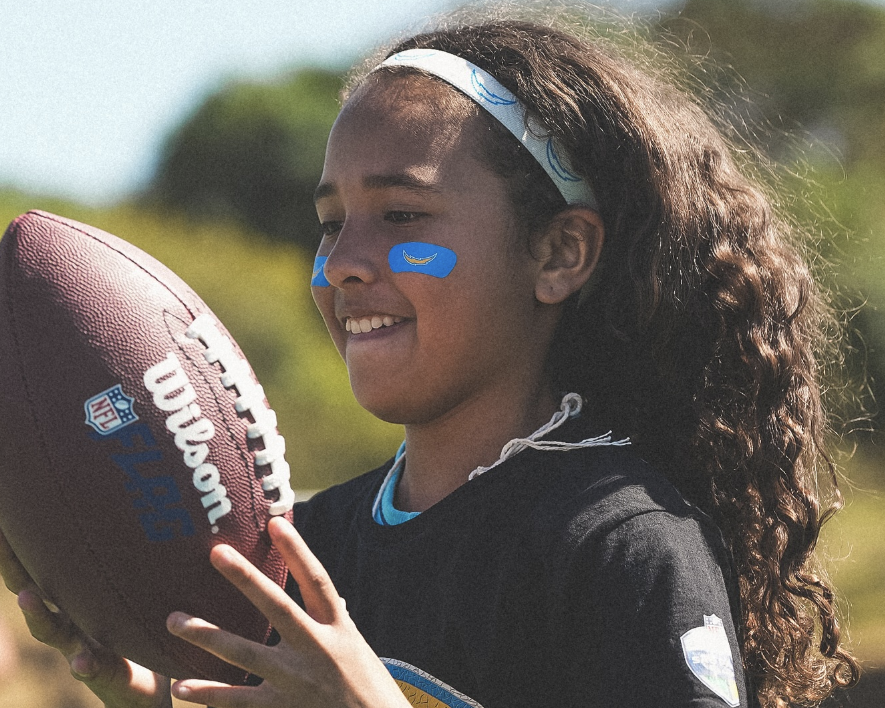Brazil faces problems in the formation of its football league

The possible formation of a professional football league makes Brazil the focus of attention of investors around the world. Currently, Brazil’s professional clubs are divided into two groups: Libra and Liga Futebol Forte.
Libra has 18 clubs, 11 of which are from Série A and seven who are in Série B. Among the members are Flamengo and Corinthians, the clubs with the largest number of fans and the greatest market presence in the country. In addition to them, the group consists of Bahia, Botafogo, Cruzeiro, Grêmio, Guarani, Ituano, Mirassol, Novorizontino, Palmeiras, Ponte Preta, Redbull Bragantino, Sampaio Corrêa, Santos, Vasco and Vitória.
On the other side, with the largest number of clubs – 26 in total – is Liga Futebol Forte (LFF), made up of the remaining nine clubs from Série A, 12 from Série B and five from Série C. In addition to leaders Fluminense, Athlético-PR, Atlético-MG and Internacional, the following clubs make up the group: ABC, América-MG, Atlético-GO, Avaí, Brusque, Chapecoense, Coritiba, Ceará, Criciúma, Fortaleza, Figueirense, Goiás, Juventude, Londrina, Náutico, Operário-PR, Sport, Vila Nova and Tombense.
Investors
Currently, two economic groups are behind LFF and Libra. LFF has a contract with Brazilian venture capital firm Life Capital Partners and the Serengeti Asset Management fund; Libra already has a proposal from Mubadala Capital on the table.
While the UAE-based Mubadala group has offered US$ 900 million for 20% of the league’s commercial rights over the next 50 years, the LFF has an agreement whose value reaches the mark of US $950 million for the same period and the same share of future funds.
It is worth noting that these amounts will only be awarded if 100% of the country’s Serie A and B teams join.
Differences
Despite Libra’s consistent optimism about a deal – a fact that LFF members neither confirm nor deny – there are considerable disagreements based on the division of money among the clubs.
According to Jornal O Globo, in the column Panorama Esportivo, written by journalist Diogo Dantas, this divergence seems to be happening within the Libra, as Palmeiras understands that the division of revenues – added to the guarantees given to Flamengo and Corinthians – leaves Palmeiras, the current Brazilian champion, far below their rivals in financial terms.
In the revenue sharing scenario projected by Liga Futebol Forte (LFF), this difference would be only R$10 million. With Libra, on the other hand, it could reach R$150 million.
Models
In a recent article published on Máquina do Esporte website – a reference when it comes to sports marketing and business in Brazilian sport, journalist Erich Beting points out that Libra will use a transition period for the distribution of revenues generated by broadcasting rights and sponsorships. This period would be five years or until R$4 billion is collected
The distribution, in Libra’s model, would be as follows: 40% equally, 30% on performance and another 30% related to the fanbase of each club.
The LFF, however, is pushing for a 45-30-25 model to be adopted right away. In addition, the difference between the highest and lowest paid teams will not exceed a factor of 3.5. For LFF members, the model, adopted from the Premier League — the most successful sports league on the planet has only a maximum difference of 1.5x.
Other News

News Tank interview: “Samba will serve as a bridge between European clients and the US market”

Samba Digital teams up with the Houston Texans to elevate Somos Texans across the U.S. and Mexico

The Kansas City Chiefs win Emmy Award for “Viva Chiefs’ Kingdom”

Samba Digital announces a new collaboration with FIBA, BCL and BCL Americas

FINAL RESULTS AS OF JUNE 30, 2025 (6 MONTHS)

